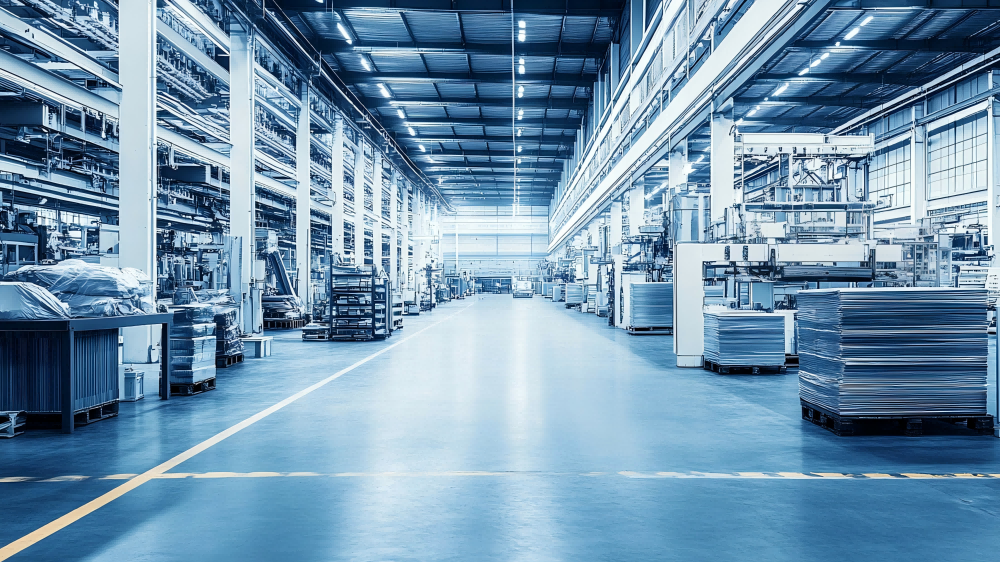Explore how small and medium-sized lithium battery companies can overcome technical barriers, talent competition and supply chain challenges.
In the competitive landscape where the head effect of the lithium battery industry is intensifying, small and medium-sized lithium battery companies are facing multi-dimensional survival challenges: in terms of technology research and development, head giants (such as CATL and BYD) have built patent barriers with an average annual R&D investment of tens of billions, covering cutting-edge fields such as solid-state batteries and new electrolytes, while small and medium-sized enterprises are limited by funding shortages and have difficulty in the research and development of key materials (such as high-voltage additives) and process precision improvement (purity>99.99%); in the battle for talent, head companies rely on a monthly salary of 20,000 yuan+ for technical positions and equity binding to lock in high-end talents, while small and medium-sized enterprises not only face the risk of their core teams being poached, but also face the lag in lithium battery technology iteration due to salary disadvantages; in terms of cost control, the leading lithium ion battery factory has diluted the cost per Wh with a production capacity of 670GWh, while small and medium-sized lithium ion battery suppliers are still suffering from profit squeeze due to weak procurement volume under the halving of lithium carbonate prices; in terms of market resource allocation, head companies monopolize car company orders through strategic agreements, while small and medium-sized enterprises are blocked from the core supply chain due to strict certification (such as needle puncture test standards). However, there are new opportunities in the crisis - differentiated technology tracks (such as solid-state lithium battery startups), overseas factory construction to circumvent trade barriers (the rise of lithium ion battery factory clusters in Southeast Asia), and agile supply chains that flexibly serve niche markets (customized energy storage lithium batteries) are opening up transformation paths for small and medium-sized lithium battery companies. In the next decade, the lithium battery industry will deeply compete between technological autonomy and the reconstruction of the global supply chain.
 +86 13332949210
+86 13332949210 info@xihobattery.com
info@xihobattery.com







 Xiho
Xiho Jun 25 2025
Jun 25 2025











